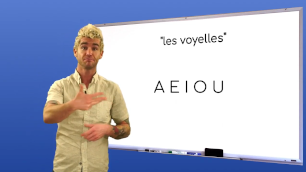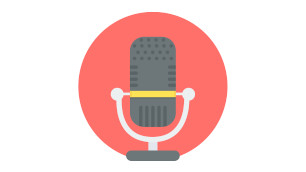Beginners Practice Techniques
Now that you’ve watched our video series on improving pronunciation through listening, it’s time to start applying the techniques in practice. We learned about 4 layers of French pronunciation that you can train your ear to hear and reproduce step by step. Even if you’re just beginning your French learning journey, working through example sentences and applying the four layers can be of great benefit.
Let’s recall those four layers before we get started:
Step 1: Listen to and copy the intonation.
Intonation is the “speech music” of language: high and low sounds, or tones, as well as rhythm.
Step 2: Notice and imitate the forward vowel placement.
Vowel placement refers to where you place emphasis when you create vowel sounds, in the front, center, or the back of the mouth, in particular. Vowel placement can differ widely from language to language.
Step 3: Say the sentence with the vowel sounds only.
Vowel sounds are made by adopting specific articulation of the tongue and mouth in a completely open and unobstructed way.
Step 4: Add the consonants back in.
Consonant sounds are all the rest of the language sounds. Not completely open, but obstructed in some way by the mouth or tongue.
Listen and Repeat
Here’s an example from our pronunciation feature on our French for Beginners course. Click “play” to listen to the sentence once, focusing only on the intonation of the sentence. Listen again, maybe even 2-3 more times. Next, click record and repeat the sentence imitating the intonation. Then listen back to the original and see how close you came.
Now repeat the process for steps 2, 3, and 4.
By the end of our French for Beginners course, you should be able to pronounce this, or any of the following sentences easily and with a fair amount of confidence:
- Bonne chance ! - Good luck
- Je suis un professeur de français - I am a French teacher
- Tu es un entrepreneur - You are an entrepreneur
- Il est médecin - He is a doctor
- Vous êtes un bon étudiant - You are a good student
Don’t worry about doing any of this perfectly! Just like playing the guitar or learning to knit, we were not born with our skills and they will develop over time with consistent, gentle effort. Get in the habit of observing and imitating these features of French pronunciation when you practice, and you’ll be able to speak more freely and easily in no time.







